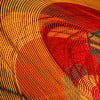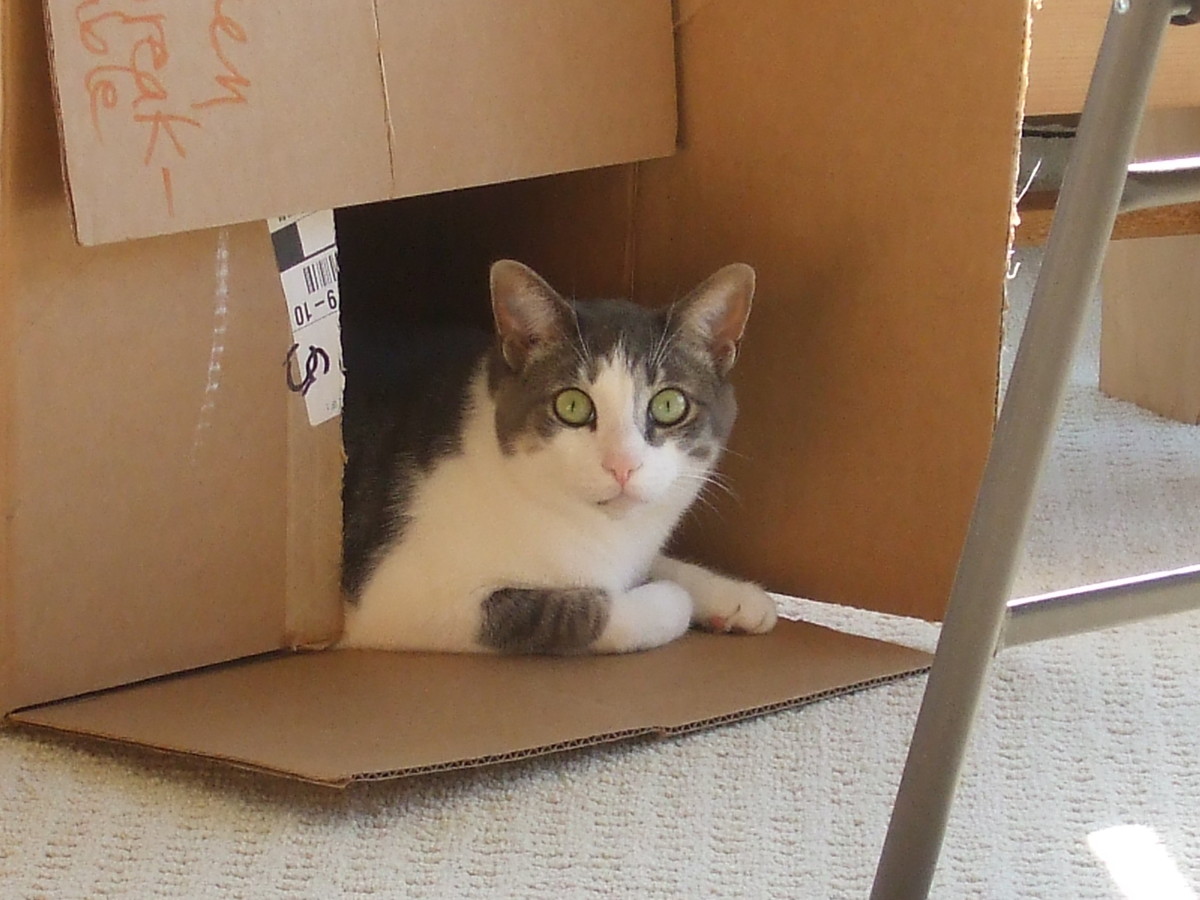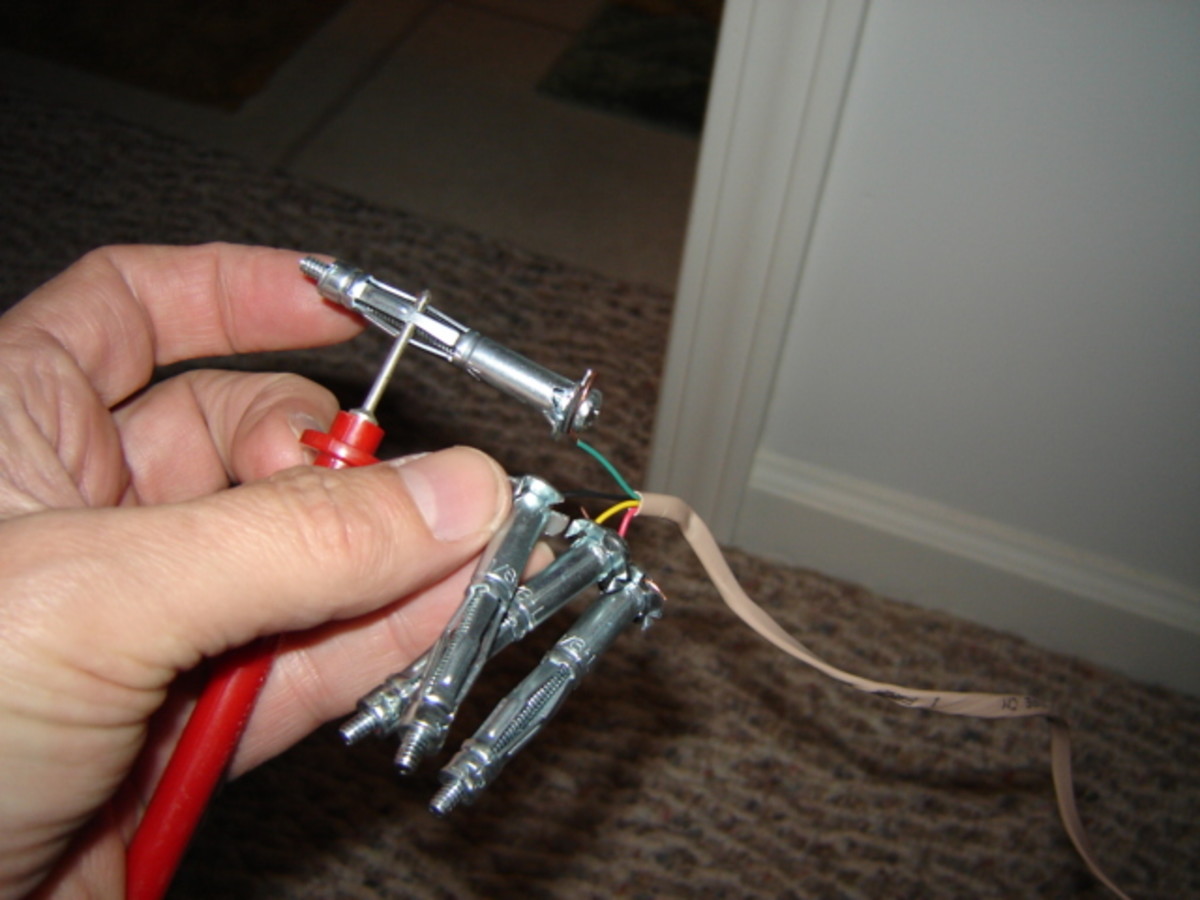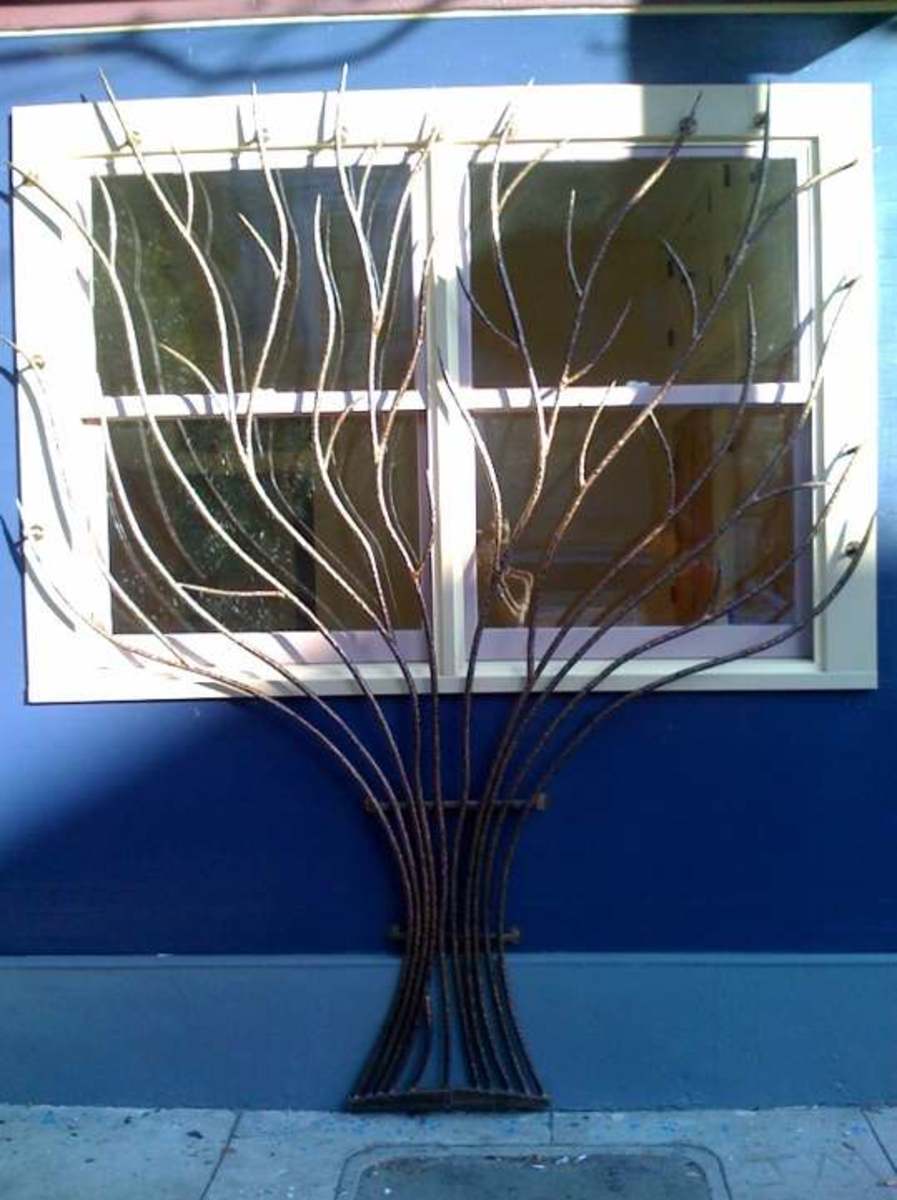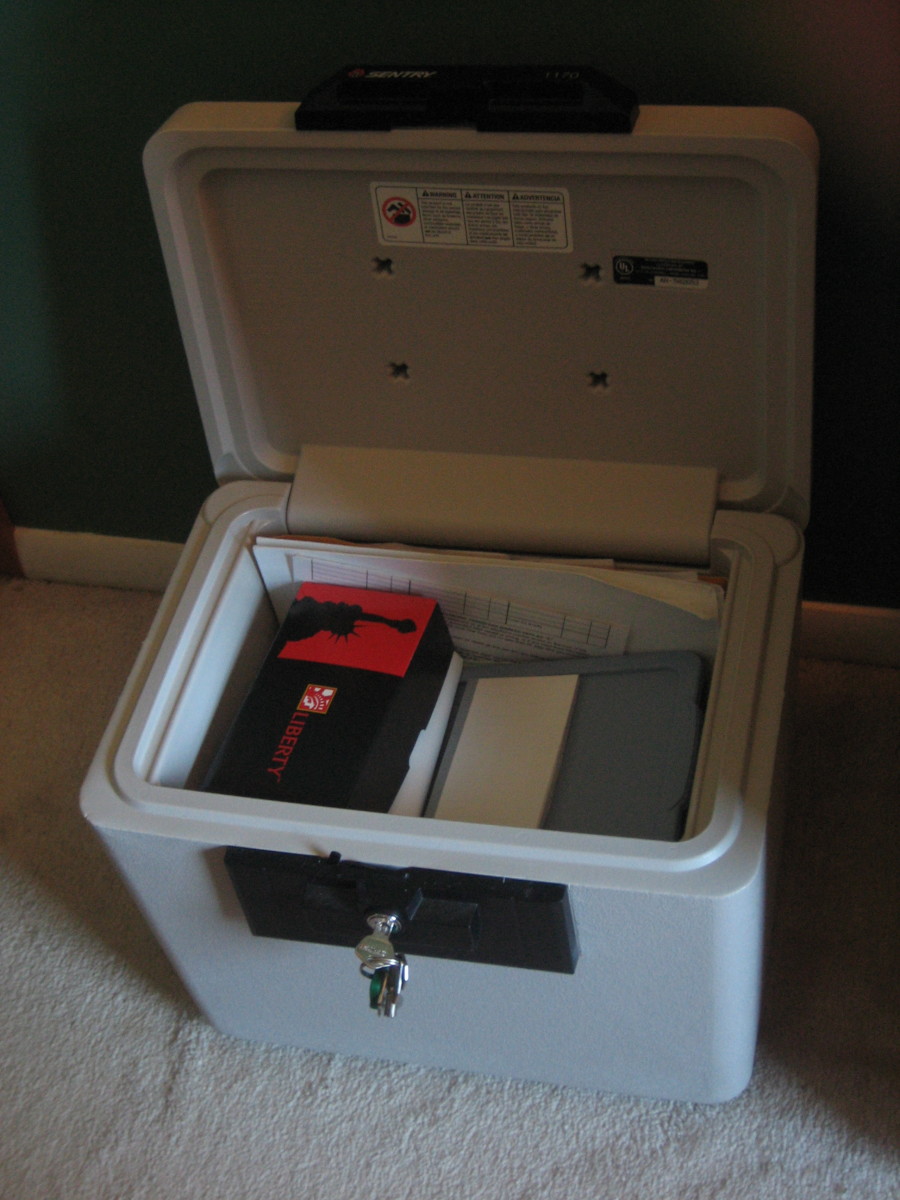Home Hiding Places - Hard-to-Find Places to Hide Your Valuables
Why Might I Want To Hide Things?
There are many reasons why you might want to hide something.
- You may live in a bad neighborhood where burglaries are not uncommon.
- You may have something that you don’t want your family, friends, or roommates to see.
- You may have something that is illegal in some places.
- You’re a rebel who thinks that your business is your business and no one else’s.
Whatever your reason, there are ways to hide things in and around your home so they’re hard to find.
What Might I Want To Hide?
There are many different types of things that you might want to hide. You may have things that have great sentimental or monetary value. Or perhaps you have something personal that you’d be embarrassed if people found.
A short list of things you might want to hide includes:
-
Cash
-
Jewelry
-
Love letters
-
Compromising photos
-
Recreational drugs
- Defensive weapons
Who Might I Hide Things From?
Just as there is no limit on what you might want to hide, there's also no limit on who you might want to hide it from. The reasons can vary greatly and are nobody's business but your own.
Some of these people include:
-
A nosy roommate
-
A jealous spouse
-
Burglars
-
Parents
-
Children
- Law enforcement
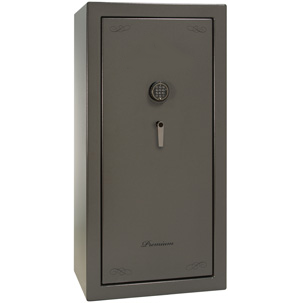
Why Not Get A Safe?
A safe is a great option in many cases. It would keep nosy roommates out of your stuff and children couldn’t get in. However, you might have a hard time coming up with an acceptable reason to not let a spouse or parent see the contents.
Law enforcement can get a court order to force you to open it.
Burglars can break into low-end safes more easily than you think using simple tools such as drills, hammers, and prybars. This is especially true if it’s not bolted in place and they’re able to tip it over. Or, if it's small enough, they can steal the entire safe and open it at their leisure.
A good quality safe is expensive ($1,000+), very heavy (600+ pounds), and takes up a lot of space. Plus, it calls attention to the fact that you may have something worth stealing.
Convenience or Safety
What feature is more important to you?
Quick Access, Less Safe
In general, a hiding place that is quick to access is also less safe. To be quick to access, it must be out in the open in a convenient location. Because of this, a roommate may stumble across it while looking for something else or a burglar may find it while dumping the contents of your drawers, closets, and cabinets on the floor (which he will do).
Slow Access, More Safe
One drawback of a more secure hiding place is the fact that it’s often slower to access. A secure place may be under heavy furniture, in an attic or basement, or some other inconvenient location. You have to balance the level of security with the level of convenience.
A Bad (But Common) Hiding Place
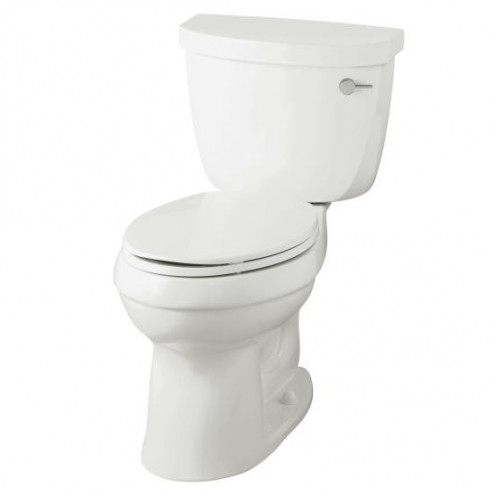
Bad Hiding Places
There are many commonly used hiding places. Because they’re commonly used, everybody knows about them - including the people you’re trying to hide things from. Examples of these bad hiding places include:
Toilet Tank
Convenient, well-known, and sure to be checked. Plus, there’s the added risk of water damage to the thing you’re hiding.
Under Your Mattress
While this is a very convenient place to stash something, absolutely everyone knows this hiding place. You can be sure that it will be checked.
Taped To A Drawer Bottom
Again, this is convenient but well-known. Burglars typically pull drawers completely out, dump the contents on the floor, and look on the bottom as well as the back of them.
Clothes Pocket
Hiding something in the pocket of a shirt, jacket, or pair of pants in a closet sounds like a good idea. However, it’s a common place to quickly hide something and is very likely to be checked by a burglar. Unless you have a huge closet full of clothes, this isn't a safe place.
Behind A Wall Hanging
Taping something to the back of a framed photo or wall clock won’t deter a burglar. They’ll knock those off the wall to see what’s behind them.
In Something Valuable
Don’t hide things in something of value that may be stolen. For example, even though there’s lots of extra room inside a computer case, don’t stash your extra cash there. The same is true for CD, DVD, and video game cases.
In The Oven
Hiding something in your oven is a bad idea for two reasons. First, burglars will look there. Second, you can easily damage the item and perhaps burn down your home if you (or a guest) turn on the oven without first removing whatever you hid in it!
Good Hiding Places
There are many good hiding places for things of various sizes. Some of these are more convenient while others are more secure. Examples include:
Fake Electrical Outlet
You can purchase a fake electrical outlet that allows you to hide things. They're inexpensive, easy to install and can provide a relatively small amount of hiding space that is convenient to use. Be aware that the ones available for purchase may not match your existing outlets. That could give away the fact that it's a hiding place.
You can also make your own. Simply purchase an electrical box and outlet, install (but don’t wire) them in an inconspicuous location (such as behind a piece of furniture), and you’ll have about 18 cubic inches of space to hide cash, jewelry, or other small items.
Hollowed-Out VHS Tape
A hollowed-out VHS tape or tape case could be a good hiding place for small objects. Very few people look at tapes these days and they’re not worth stealing if you’re a burglar. Label it “Our Wedding” and people will be sure to steer clear.
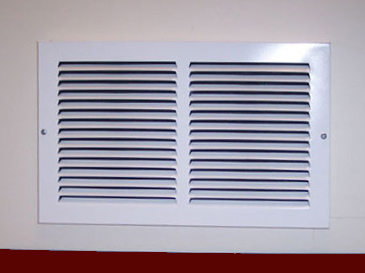
Return Air Duct
If you have a forced hot air heating system, you should have one or more return ducts. Unscrew the grate for one of the ducts and store your valuables inside.
If you’re especially ambitious, you can install a fake return duct in an out of the way location. It really only needs to be a grille leading to a space in the wall. This is unlikely to be closely scrutinized, especially if it’s high on a wall near the ceiling.
In fact, on top of any random heating duct in your basement is probably a safe place to hide something that isn’t sensitive to heat.
Trash Can
Under the trash bag in the kitchen or bathroom trash can be a good spot to hide things. People are unlikely to take the time to look that closely in such a location.
Litter Box
Taping an envelope or plastic bag to the bottom of a cat’s litter box could be an effective hiding location. No one wants to look there. This is good for a small amount of cash or other papers. Don’t do this if your cat has poor aim!
Books
Under the dust jacket or between the pages of a book can be good place for small, flat items such as cash. If you only have a few books, someone may take the time to check. But if you have a large bookcase full of books (like below), it would be too time consuming. Spread it out across multiple books; maybe a thief will stop after finding the first stash.

Hollow Book
Hiding things between the pages of a book has its limitations, the main one being that you can only hide small, flat objects. Rather than hiding things between the pages of a book, you can instead use a hollowed-out book specifically made for hiding things.
A major benefit to this is that you’re not limited to hiding flat objects like cash. You are, of course, still limited to fairly small objects. Hollowed-out books are available for purchase.
You can even make one yourself if you’re a little handy, have the time, and have a book that you don’t mind sacrificing. You can always pick up a cheap hardcover at a thrift shop or yard sale. The following link will show you exactly how to hollow out a book.
Attic
Putting something in the attic is likely to protect it from a burglar, but it may not protect it from someone doing an organized search. For larger items that you don’t need immediate access to, roll back some of the insulation between the floor joists in your attic, place the item between the joists, and return the insulation to its original position. It’s best to put the item into some kind of protective container to keep it from getting covered by fiberglass.
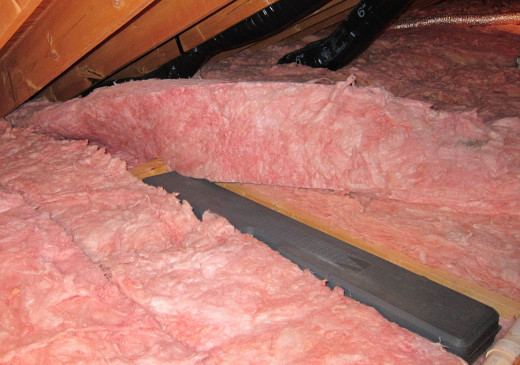
Underground
A very secure, long-term hiding place is underground. You can bury a container in your backyard or somewhere more remote. The trick is keeping the contents dry. Obviously, this is only practical for things that you don't need frequent or quick access to.
There are underground storage containers available for purchase such as the one shown above. There are also simple and inexpensive ways to make one yourself as demonstrated in this video:
Keeping Track
One very real problem with hiding things, especially things that you rarely use, is the possibility of losing track of what you’ve hidden and where you’ve hidden it. If you can’t trust your memory, you may want to keep a list in a very secure hiding place that you’re sure not to forget. Because of the risk that someone may find this list, consider keeping it detailed enough to trigger your memory, but vague enough that it won’t be of use to other people.
Summary
When it comes to hiding things, you're only limited by your imagination. You have to decide what you want to hide, who you want to hide it from, and why you want to hide it. Hiding things from burglars or law enforcement is more difficult because they have no qualms about quickly ripping your place apart looking for things of value. That's usually not a problem if you're only dealing with snoops.
© 2013 Ron Bergeron
